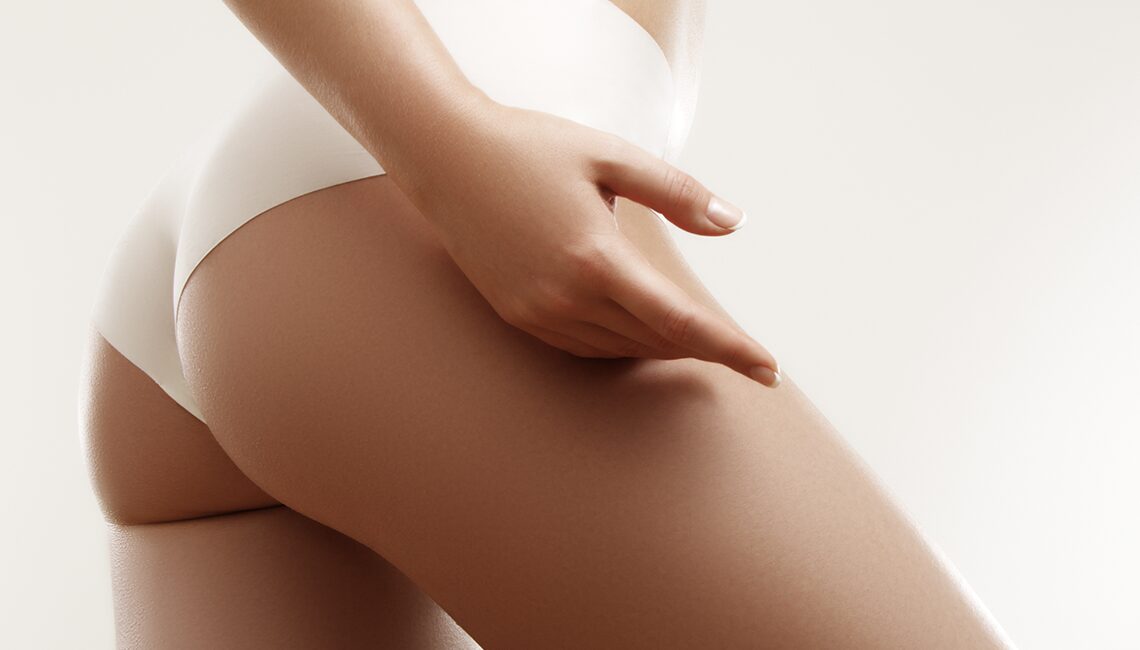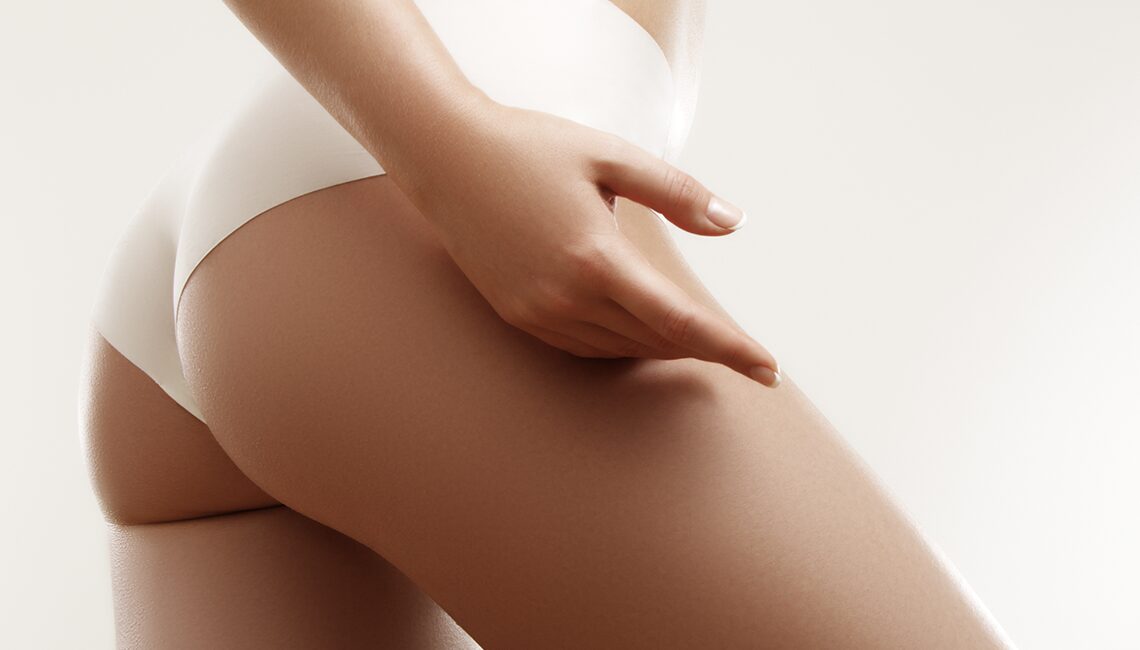Liposuction involves very small incisions and a long metal straw called a cannula. The cannula is placed through the incisions and the fat is removed with suction pressure. Liposuction dates back to the 1970’s when it was developed in Europe. The technique was majorly advanced in the 1980’s with the invention of tumescent solution to minimize bleeding. Since then, liposuction has remained extremely popular and remains one of the most common plastic surgery procedures annually.
Liposuction is best for contouring suborn areas, most often the abdomen, back, neck, arms, and thighs. Liposuction is not a solution for weight loss. Most liposuction patients only loose a few pounds after surgery. Ideally, candidates should be at or near their goal weight prior to liposuction in order to get the best and longest lasting results.
More recent advancements in liposuction use heat to help dissolve fat and tighten the skin. The heat can be created in several ways including ultrasound, radiofrequency, laser, and helium plasma. Brand name examples of these heat technologies include Vaser, Thermi, Smartlipo, and J-Plasma, respectively. All of these technologies work in a similar way to help melt the fat so that it can be removed more easily and more evenly. In addition, these technologies can offer the benefit of tightening of the overlying skin.
There are also mechanical technologies that help with fat removal. Specifically, MicroAire is a system that automatically moves the cannula forward and backwards to help remove fat. Tickle Lipo is a system that automatically moves the cannula in a spiral direction to help remove fat.
In addition to these various technologies, there are some surgical techniques that can be used during liposuction to achieve certain results. Specifically, High Definition (Hi-Def) Liposuction removes fat in certain patterns to help mimic the pattern of the underlying muscles, creating a more muscular looking result.
Anesthesia options also exist. Most liposuction is performed under general anesthesia, while the patient is entirely asleep. However, many surgeons now offer liposuction while the patient is awake in order to minimize risks and recovery. This can be a good option for many patients, but sometimes results can be limited due to discomfort.
Finally, there are non-surgical options for fat removal. The most common is CoolSculpting, which eliminates fat cells through extreme cooling of the tissue through a suction cup. The procedure is performed while awake and no incisions are required. Generally, the results are not as dramatic as liposuction and multiple treatments may required in order to achieve significant improvement, but it is a very effective technology. Sculpture is another non-surgical fat removal device. With this technology, fat is removed using radiofrequency energy. Similarly, results are noticeable, but less dramatic than liposuction surgery and multiple treatments may be required to achieve significant improvement.


In summary, there are many different liposuction options available today. Don’t be misled by a fancy brand names and marketing gimmicks. These technologies are all generally fairly similar and offer similar results. Start by finding a doctor you trust and then take his or her advice on which technology would be best for your anatomy and your goals. Some doctors may have more experience with one technology or another. Best to let your doctor use the technology they are familiar with since the reality is you will probably get a similar result regardless of which technology is used. The most important detail is who is doing the procedure, not which technology that person is using.
For more information on Dr. Newman please visit www.drnewmanbeverlyhills.












